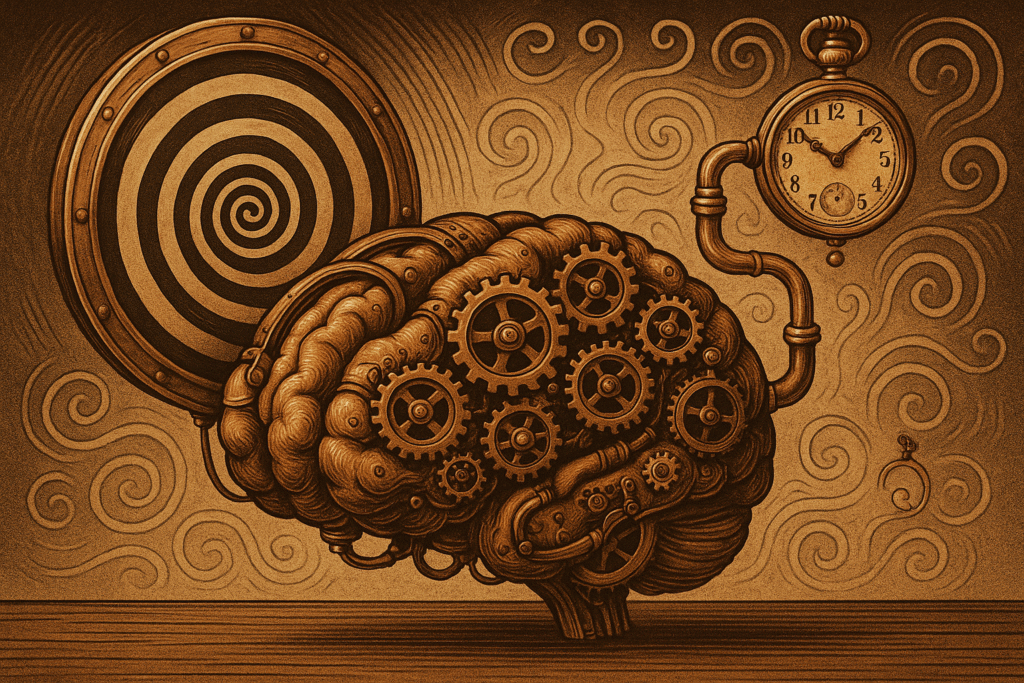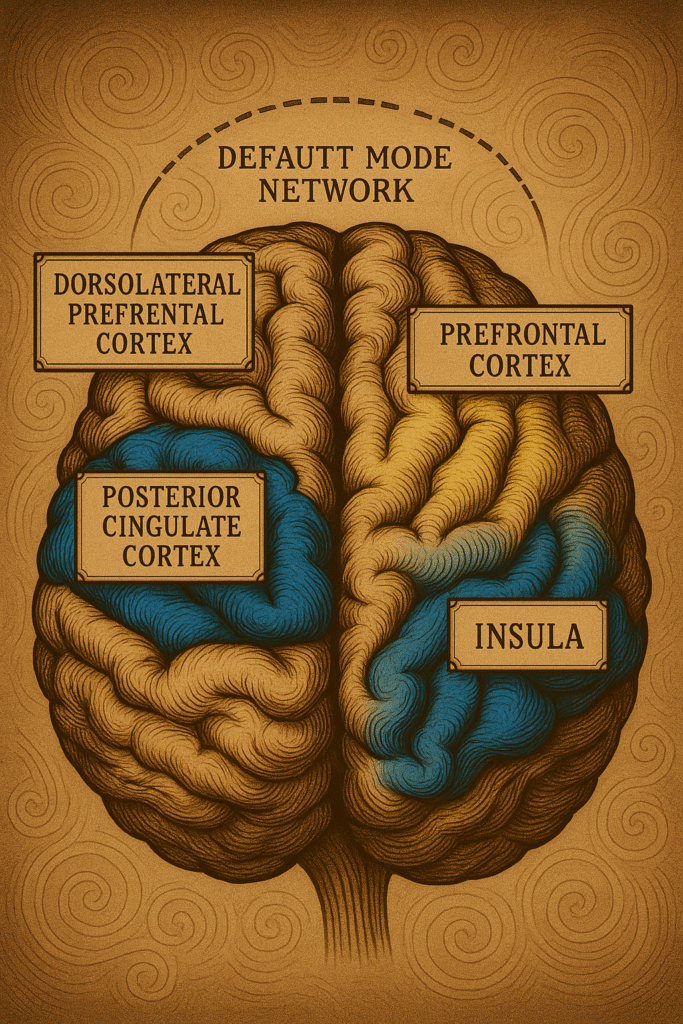
Your
Brain
On
Hypnosis
How Hypnosis Works: The Science Behind the Shift
Have you ever finished a hypnosis session feeling lighter, clearer, or even a little surprised at how much just changed—without knowing exactly why?
That’s not magic. That’s your brain on hypnosis.
Hypnosis taps into the natural rhythms of your brain to help you bypass the chatter of the conscious mind and connect with your deeper, more adaptive subconscious. Whether you’re working to conquer anxiety, break a smoking habit, or reclaim restful sleep, the science behind hypnosis reveals why it can be such a powerful tool for transformation.
The Brain’s Natural Frequencies
Your brain is constantly cycling through different types of brainwaves, each associated with distinct states of consciousness:
-
Beta: Wide awake, focused, and actively thinking
-
Alpha: Calm and relaxed, often seen in light trance
-
Theta: Dreamlike, highly suggestible, the state of deep hypnosis
-
Delta: Deep sleep and unconscious rest
Hypnosis intentionally engages the Alpha and Theta states—conditions you already drift into during moments like daydreaming, driving on autopilot, or getting absorbed in a good book. With a trained hypnotist as your guide, you’re entering those states with purpose and direction.
This isn’t just theory—EEG studies confirm that theta and alpha activity increases during hypnotic induction, supporting the claim that hypnosis shifts your awareness away from external distractions and into internal focus.


What Hypnosis Does to the Brain
Thanks to neuroimaging like fMRI and PET scans, researchers have pinpointed several key shifts in brain activity that occur during hypnosis. Here’s what we’ve discovered:
1. Disconnect Between Self and Decision-Making
During hypnosis, there is decreased connectivity between the dorsolateral prefrontal cortex (responsible for executive function) and the posterior cingulate cortex (linked to self-reflection and internal narrative). This disconnect seems to reduce self-judgment and over-analysis, making it easier to absorb and act on new ideas (Stanford Medicine).
2. Increased Awareness of Internal States
Hypnosis also strengthens the connection between the prefrontal cortex and the insula, a region involved in internal body awareness and emotion. This change may enhance your ability to regulate emotions or control pain during hypnosis (PubMed).
3. Quieting of the Default Mode Network
The default mode network (DMN), active when your mind wanders or ruminates, quiets during hypnosis. This reduced chatter likely allows you to focus deeply on the hypnotist’s suggestions—without the inner critic getting in the way (NeuroImage).
Everyday Hypnosis States
It’s important to note: hypnosis isn’t as foreign as it may sound. You experience hypnotic-like states every day:
-
Getting lost in a movie or book
-
Daydreaming during a long drive
-
Zoning out during repetitive tasks
These are all naturally occurring trance states. Hypnosis simply harnesses that natural ability for intentional transformation.
A Powerful Tool
Hypnosis is a powerful tool for change. With any number of applications to an infinite amount of problems. It’s just a matter of determining what it can do for you. How you can leverage your own brain to your advantage. The body of science supporting its use is only growing. Every day we are learning more about our brain, how it works, and how hypnosis affects it.
For more information about how hypnosis works or what it is (and isn’t) check out All About Hypnosis in our men
Explore More Services
Resources
-
Spiegel, D., et al. (2016). Brain activity and functional connectivity associated with hypnosis. Cerebral Cortex. NCBI
-
Oakley, D.A., & Halligan, P.W. (2013). Hypnotic suggestion and cognitive neuroscience. Trends in Cognitive Sciences. PubMed
-
Scientific American (2016). What Hypnosis Does to the Brain. Link
-
McGeown, W.J., et al. (2009). Disruption of the default mode network during hypnosis. Link
-
Hoosier Hypnosis: All Services
